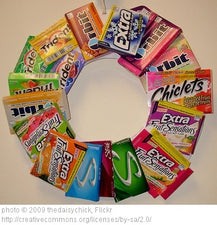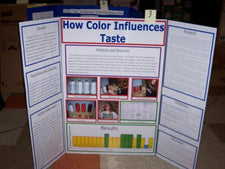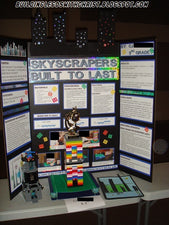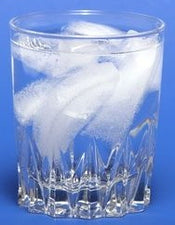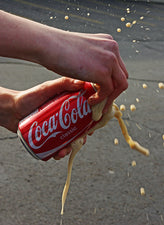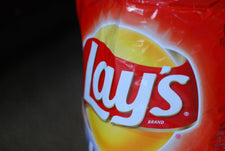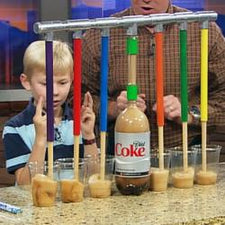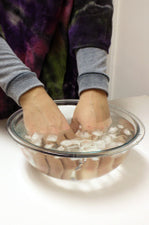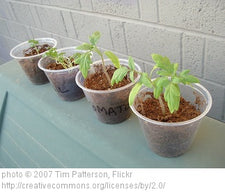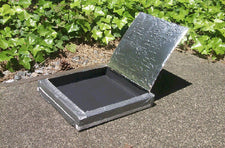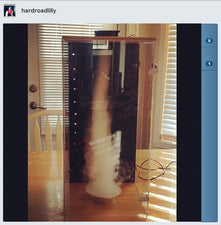Why Does Popcorn 'Pop'?

Popcorn is a delicious snack, but have you ever wondered how the hard corn kernels are transformed into the soft, fluffy, edible pieces? The secret is that each un-popped kernel contains a small amount of water that, when heated quickly, turns to steam. This steam causes pressure to build up within the kernel and when this pressure outweighs the strength of the kernel wall, it pops, causing the soft tissues from inside the kernel to puff out! In this fun science experiment from Cool-Science-Projects, students will prove this very hypothesis. Project Overview
Students will explore several questions/variables:
- Does the rate at which the kernels are heated affect the result?
- Does the amount of water within the kernel affect the result?
- Does the temperature at which the kernels are heated affect the result?
- Does the temperature at which kernels are stored before popping affect the result?
By exploring the answers to these questions, students will determine (and confirm) the perfect conditions for popping popcorn. And, of course, if you didn't already think this science fair project was cool - who else gets to set up a yummy bowl of popcorn at their science fair station for 'nibbling' and enticing guests to check out their project?
NOTE: This project requires the use of an oven so make sure there is an adult 'assistant' present during experimentation.
